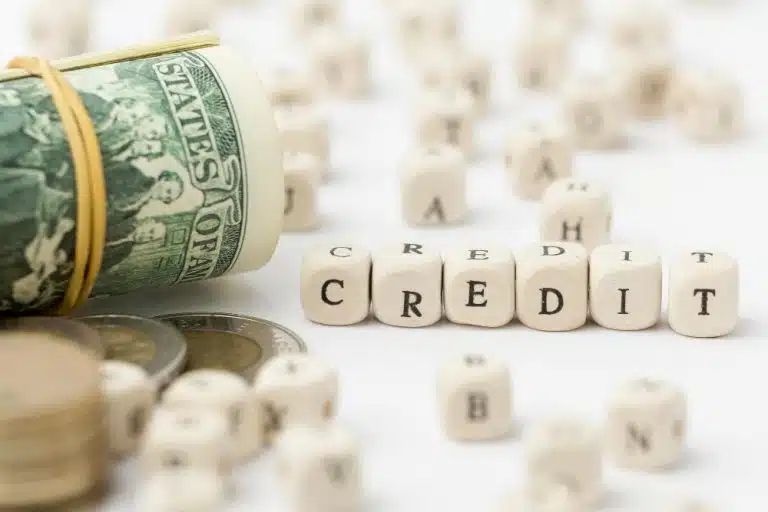For student loan consolidation programs, there are two types: private and federal.
Private consolidation is otherwise known as refinancing.
On the other hand, federal consolidation only covers loans issued by the federal government. Oftentimes, people are confused by these two kinds of education loans. However, these education loans are different, because:
- Private student loan consolidation is also known as student loan refinancing. It is a financial maneuver you coordinate via a private lender. You could save money from receiving a lower interest rate once you qualify.
- Meanwhile, federal student loan consolidation is coordinated with the Department of Education. Eligibility for federal loan repayment may require this procedure. You get to pay for a longer period with smaller installments, but with the same interest rate.
Consolidate and Refinance: Learn More
Consolidation vs. Refinancing
Federal Consolidation
Private Loan Refinancing
What does the loan do?
Lumps numerous federal loans into one
Combines federal and private student debt into one private loan
Which loans may be included?
Federal
Private, federal, or both
Can you get lower rates?
No
Yes
Will I save money?
No. Consolidation lengthens the life of the loan and reduces installments, but keeps the same interest cost
Yes
Are you allowed repayment, federal loan protections, and forgiveness programs?
Yes
No
Can you pay in monthly installments?
Yes
No
Refinancing Student Loans
Private student loan consolidation, or refinancing for short, replaces several private and federal student loans with a private, singular loan. By doing so, you may save a few bucks due to the lower interest rate.
That new rate will depend on your credit history, income, employment record, and educational background. Use a debt calculator to compare your current payments with potential consolidated payments. Usually, you need a credit score above 600 to qualify. Understanding what is good credit can help you improve your chances of qualifying for better rates. As a result, you may get rates of around 2% to 9% or higher.
You may avail of a private student loan consolidation program if you meet the following criteria:
- On-time student loan debt payments after you left school
- Having a good or excellent rating, typically from 690 or above
- Stable employment
- A co-signer meeting those criteria (if you don’t seem to)
When you refinance student loans into a lump sum, you may not avail of consumer protections any longer. You won’t be allowed to get public service loan forgiveness. Moreover, you will not be allowed to link your payments to your income. In fact, you will not be allowed to apply for student debt relief in relation to the coronavirus crisis.
That’s why you must have secure finances before applying for private student loan consolidation. If you aren’t careful, you may sink deeper into debt due to penalties such as late fees. After all, you won’t have consumer protections to help you out.
Private student loan consolidation programs prioritize students from eligible schools. Most private refinancers require that their borrowers studied at schools authorized to receive federal aid. Also, there are only a few lenders that will refinance your loan if you don’t have a degree.
Private institutions are similar to the federal government since they can consolidate your student loans. Unlike the latter, private companies can deal with both private and federal loans.
Ultimately, this procedure aims to simplify your payments by combining them into one. What’s more, it provides a reduced fixed rate based on your financial records.
To make it easier, you may compare monthly payments using a consolidation calculator. There are three different options available. You may choose federal student loan consolidation, income-driven repayment plans, or private student loan refinancing.
Check all the private student loan consolidation programs available. There are websites that can recommend private lenders based on your loan details. For comprehensive student loan assistance, consider professional debt management services that specialize in educational debt. The consolidation calculator also provides this helpful feature. In addition, it even provides payment comparisons based on your desired interest rate and payment duration.
Student Loan Consolidation
On the other hand, federal loan consolidation has no credit requirement. It provides a single loan bill, and may probably reduce payments. However, it applies to federal loans only, and it won’t lower interest rates. You may want federal consolidation if:
- You need to qualify for public service loan forgiveness or income-driven repayment. This applies if you have Federal Family Education, PLUS loans, or Perkins loans.
- You want just one payment for federal loans, and it doesn’t have to be significantly lower.
- You defaulted on your student loans, and you want to get back into action.
The government pays your student loans through federal consolidation and replaces them with a singular balance. Once you graduate academe, leave school, or pay below half-time enrollment, you’re qualified. Furthermore, the Department of Education consolidates loans for free, so avoid companies that require payment for this service.
Similar to private student loan consolidation programs, it provides a fixed interest rate. Federal consolidation rates are based on the weighted average of previous rates. Then, these are rounded up to the next ⅛ of 1%. For example, if the average of your previous rates is 6.15%, you will get a new interest rate of 6.25%.
In addition, you’ll receive a new loan with a repayment term lasting 10-30 years. This repayment period will usually start within 60 days after your consolidation loan was initially sent. It will be determined by several factors such as the total balance of your federal student loans.
However, you may end up paying a higher total amount from the minimized yet lengthened payments. Consider exploring other debt strategy options to find the most cost-effective approach. The interest from your past loans will be part of the principal for the new consolidation loan. Alternatively, you may file for deferment or forbearance in order to pay smaller installments.
- Visit studentloans.gov and click on “Complete Consolidation Loan Application and Promissory Note.” Prepare the necessary documents in the “What Do I Need?” section, because it must be finished in one session. You will take 30 minutes to accomplish the form.
- Type in the loans you would like to include and exclude from consolidation.
- Choose from the two repayment options available. You may pick a repayment timeline-based plan or an income-driven plan. The latter will require filling out an Income-Driven Repayment Plan Request form next.
- Before submission, make sure to read the terms carefully. Then, you may resume paying your student loans as usual. Continue until your loan servicer confirms that consolidation is complete.
How to Consolidate Student Loans
- Visit studentloans.gov and click on “Complete Consolidation Loan Application and Promissory Note.” Prepare the necessary documents in the “What Do I Need?” section, because it must be finished in one session. You will take 30 minutes to accomplish the form.
- Type in the loans you would like to include and exclude from consolidation.
- Choose either a repayment timeline-based plan or an income-driven plan. The latter will require filling out an Income-Driven Repayment Plan Request form next.
- Before submission, make sure to read the terms carefully. Then, you may resume paying your student loans as usual. Continue until your loan servicer confirms that consolidation is complete
How to use income-driven repayment plans
If you’re considering either federal or private student loan consolidation in order to get a drastically lower loan bill, look further into income-driven repayment instead.
The government offers plans that cut payments to 10% or 15% of “discretionary” income and offer forgiveness on the remaining balance after 20 or 25 years. You can sign up for free on studentloans.gov.
If you have a large loan balance and a low income, income-driven repayment is probably your best option for the lowest monthly bill.











